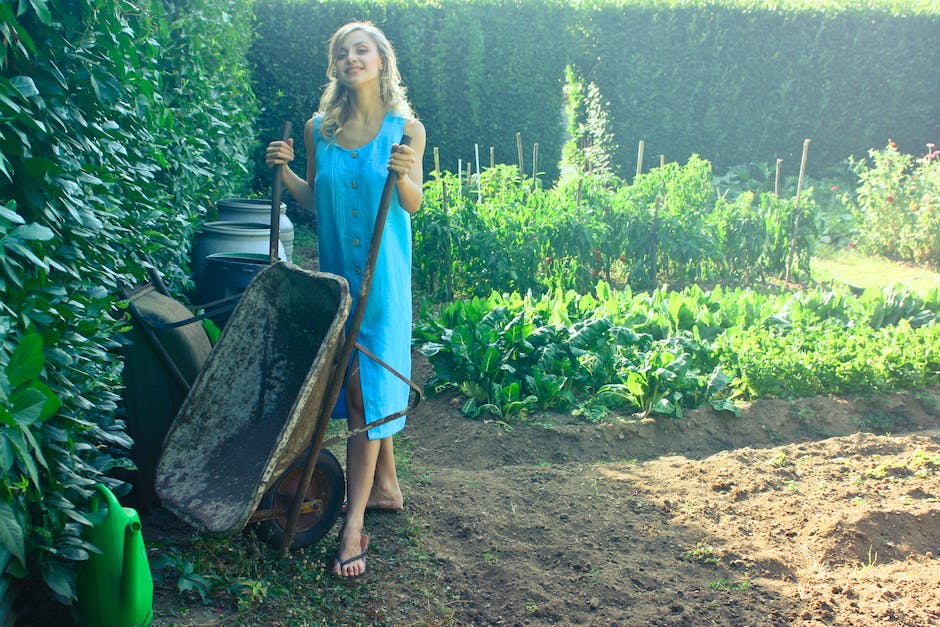How to Build a Raised Garden Bed with Legs
If you are looking to build a raised garden bed with legs, you have come to the right place. In this article, we will provide you with a step-by-step guide to help you create your own raised garden bed with legs. Whether you have limited space or simply prefer gardening at a comfortable height, a raised garden bed with legs can be a great solution.
Materials Needed
Before you start constructing your raised garden bed with legs, it’s important to gather all the necessary materials. The best materials for this project are weather-resistant wood, such as cedar or treated pine. You will also need the following:
- Wood planks
- Screws or nails
- Support pieces
- Wooden slats
- Saw
- Drill
- Measuring tape
Step-by-Step Guide
Now that you have all the materials ready, let’s dive into the step-by-step process of building a raised garden bed with legs:
1. Measure and Cut the Wood Planks
Start by measuring the desired dimensions of your garden bed. Use a saw to cut the wood planks according to your measurements. It’s recommended to use cedar wood planks for their durability and resistance to rot.
2. Attach the Short and Long Sides
Take two of the cut wood planks and attach them with screws or nails to create the short sides of the garden bed. Repeat this process with the remaining planks to create the long sides.
3. Attach Support Pieces
Attach support pieces along the bottom of the garden bed to provide additional stability. These support pieces can be attached using screws or nails.
4. Line the Bottom with Wooden Slats
Add wooden slats to line the bottom of the garden bed. This will help prevent soil erosion and improve drainage.
5. Attach Legs
Now it’s time to attach the legs to your raised garden bed. Measure and cut the desired length for the legs, and attach them securely to the corners of the garden bed using screws or nails.
6. Optional: Add a Bottom Shelf
If you’d like some additional storage space, you can add a bottom shelf to your raised garden bed with legs. This can be useful for keeping gardening tools or extra pots.
Conclusion
Building a raised garden bed with legs is a rewarding DIY project that allows you to create a functional and beautiful garden space. By following the step-by-step guide provided in this article and using the recommended materials, you can create a durable and long-lasting raised garden bed with legs. Remember to choose weather-resistant wood, such as cedar or treated pine, for the best results.
Related Websites:
FAQs:
Q: What are the benefits of building a raised garden bed with legs?
Building a raised garden bed with legs offers several benefits. It allows you to easily access your plants without having to bend or kneel, making gardening more comfortable. Additionally, the raised height provides better drainage and prevents soil compaction, leading to healthier plants and higher yields.
Q: What materials can be used for constructing a raised garden bed with legs?
You can use various materials for constructing a raised garden bed with legs. Common options include wood, such as cedar or treated lumber, which is durable and visually appealing. Alternatively, you can use metal or plastic, which offer different levels of durability and longevity.
Q: How do I determine the appropriate size for a raised garden bed with legs?
To determine the appropriate size for a raised garden bed with legs, consider factors such as the available space, the number and types of plants you want to grow, and your own preferences. A general guideline is to make the width no wider than 4 feet, allowing easy access from all sides.
Q: What are the maintenance considerations for a raised garden bed with legs?
Maintaining a raised garden bed with legs involves proper watering and drainage. Ensure the bed has adequate drainage holes and monitor soil moisture levels. Additionally, fertilize the soil regularly and manage soil quality through amendments. Consider crop rotation to prevent nutrient depletion and apply pest control and weed management strategies as needed.
Q: How can I encourage readers to build their own raised garden bed with legs?
Building your own raised garden bed with legs is a rewarding and beneficial project. It allows you to enjoy the advantages of elevated gardening while providing a suitable environment for your plants. Start your gardening journey today by following our step-by-step guide and create a thriving garden right outside your door!






